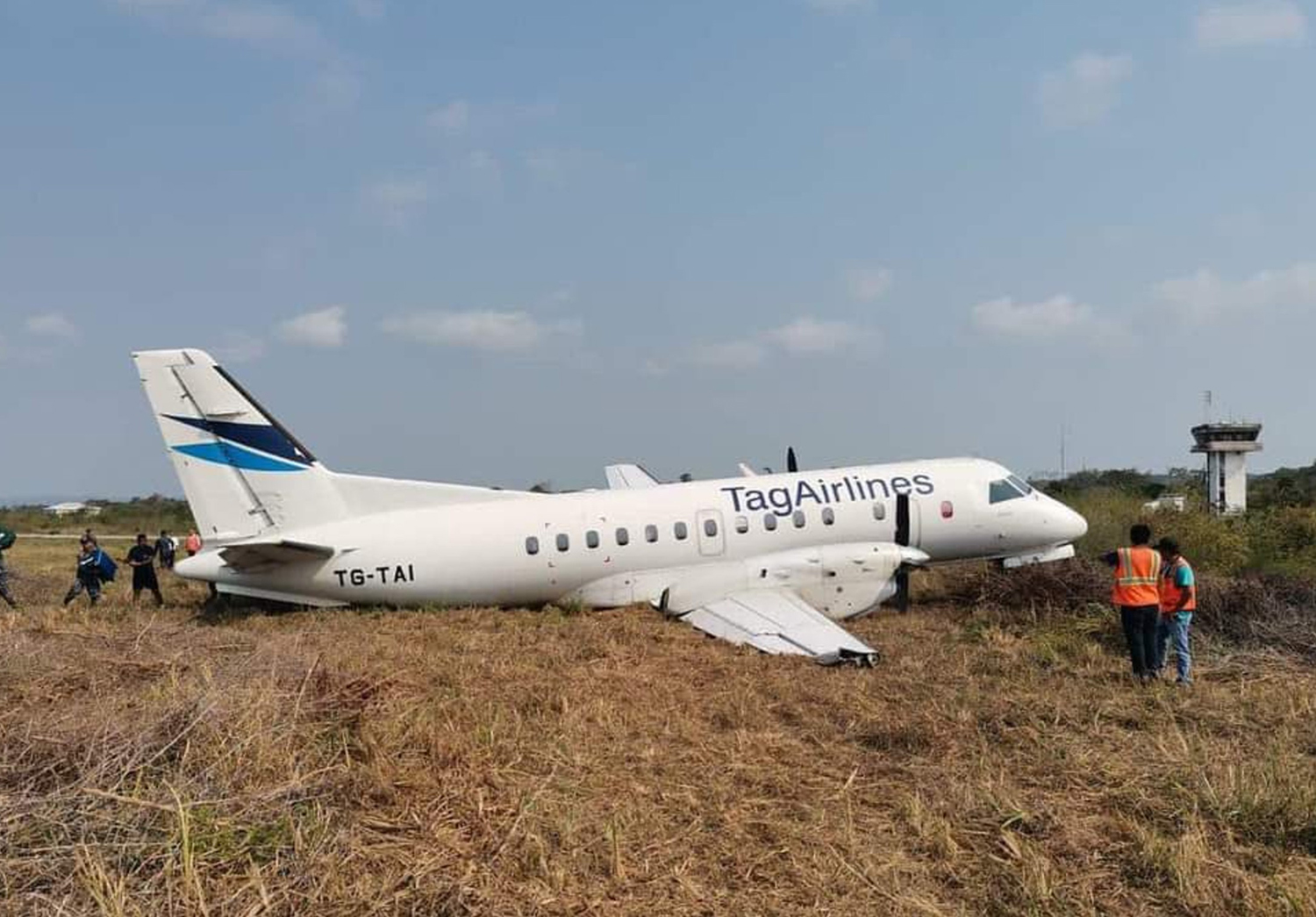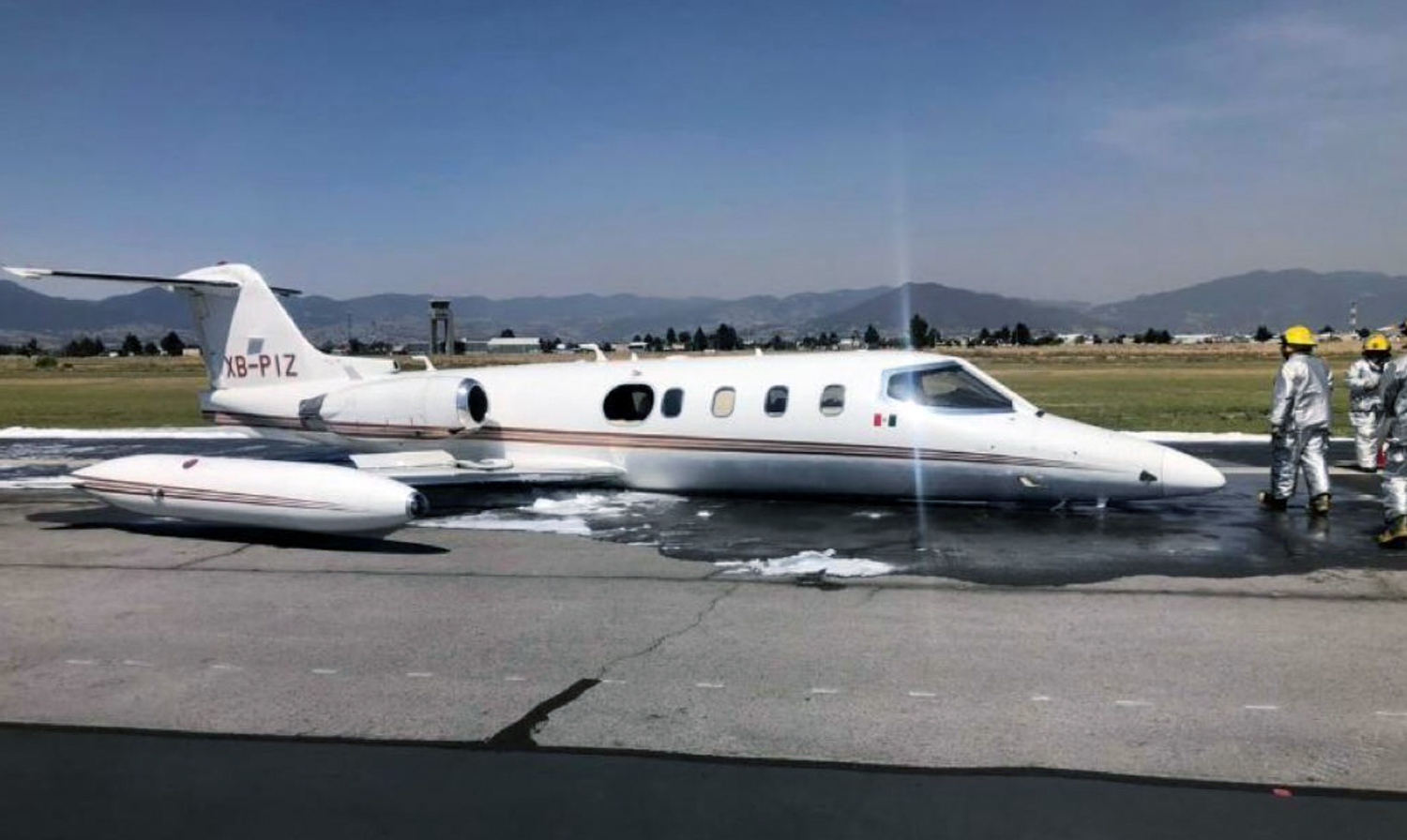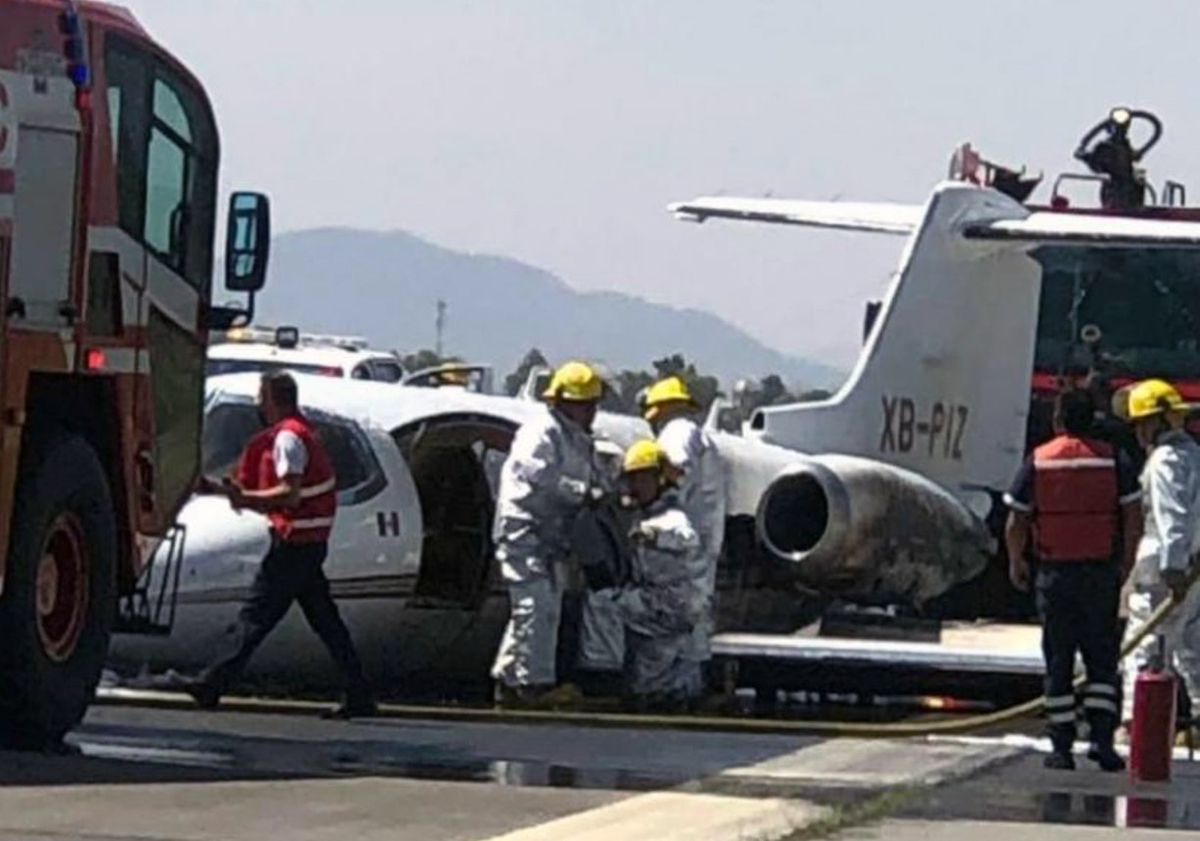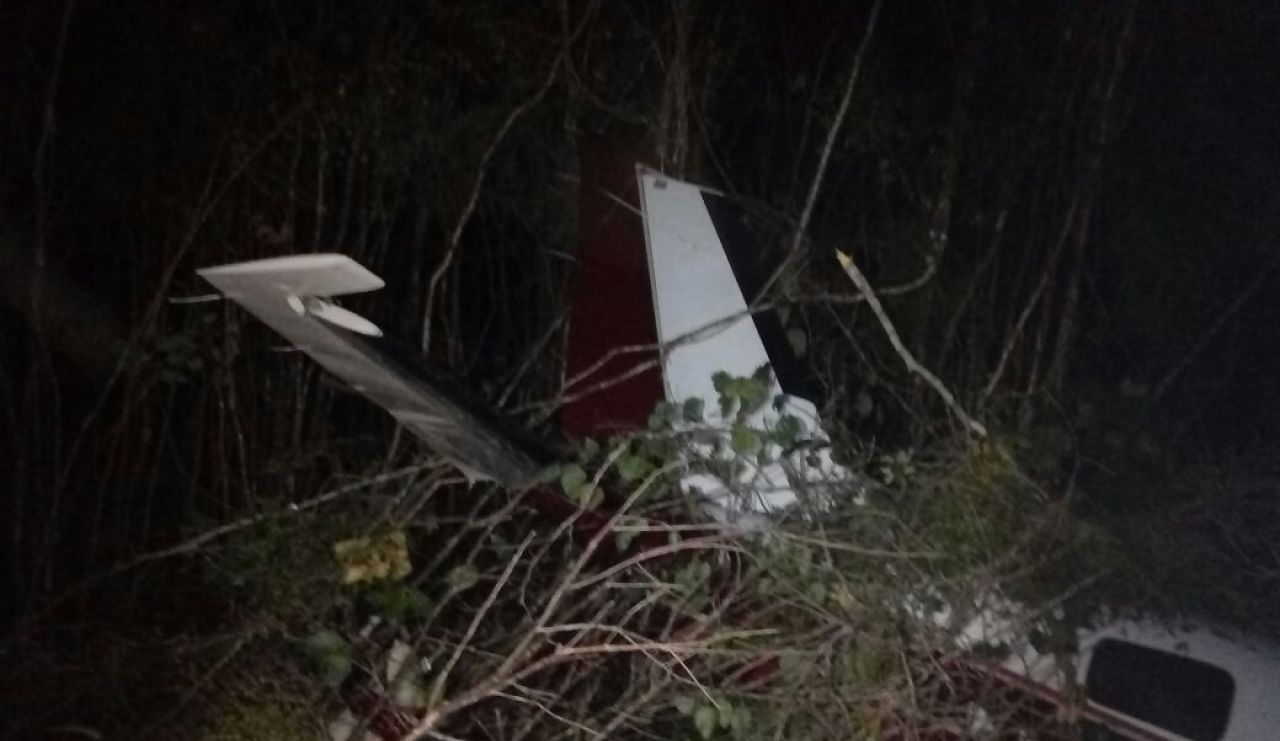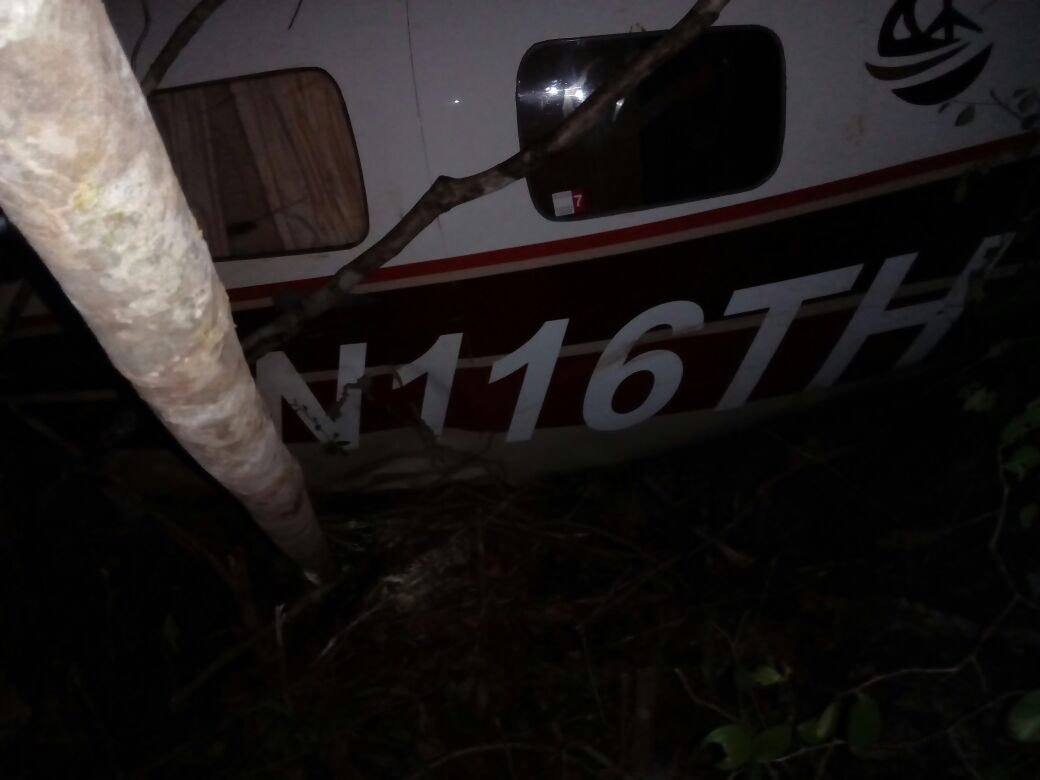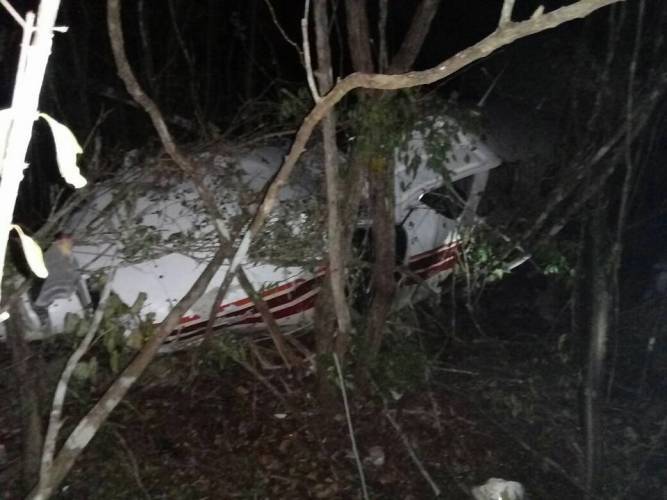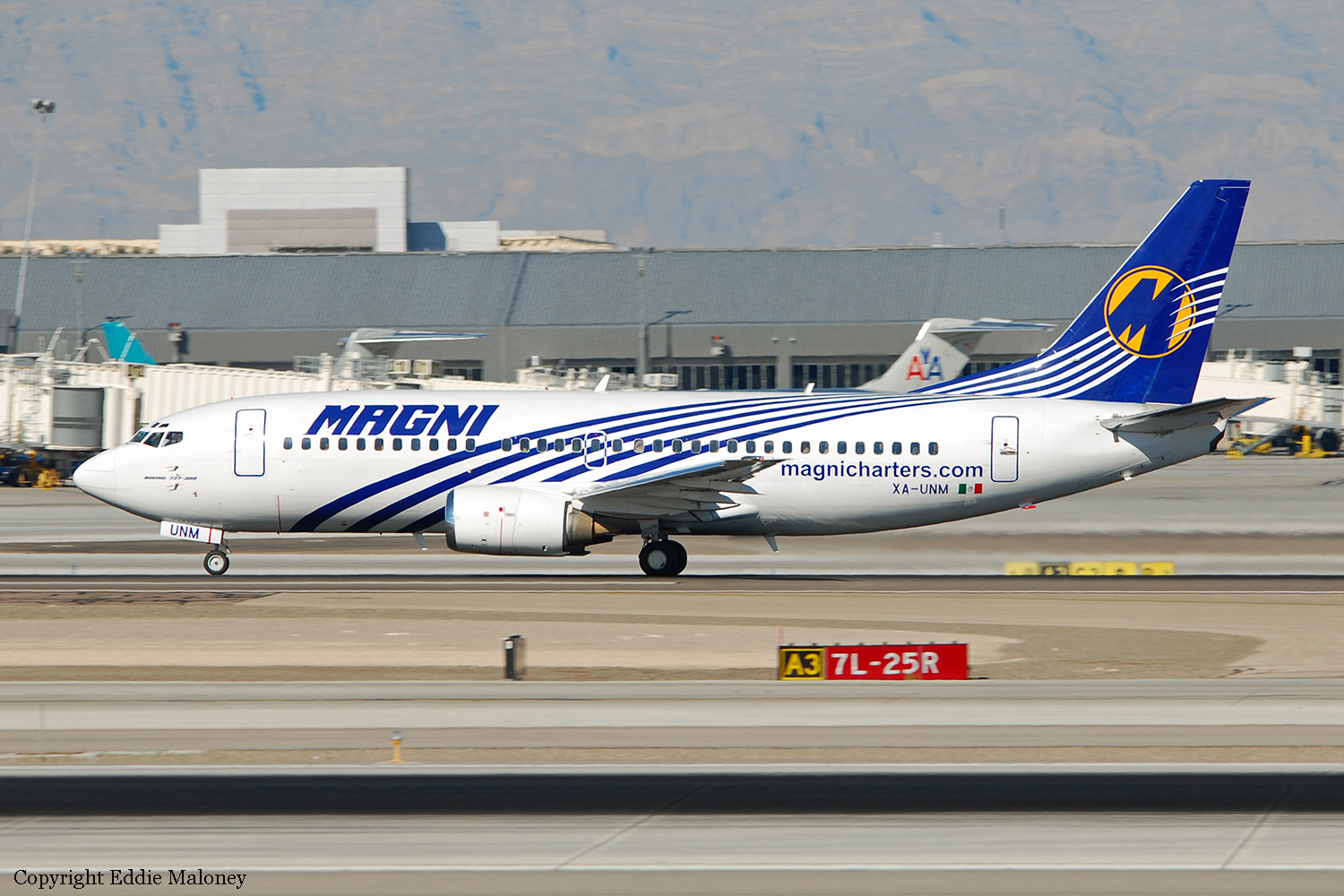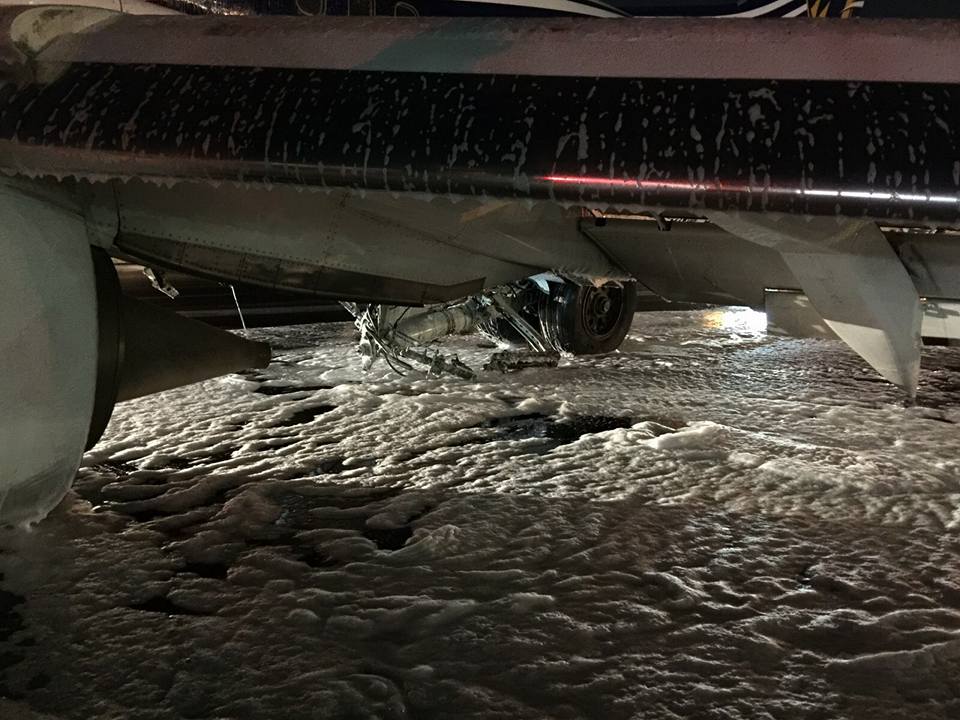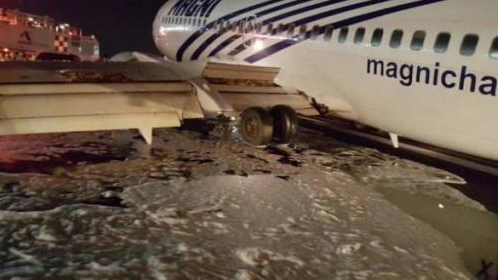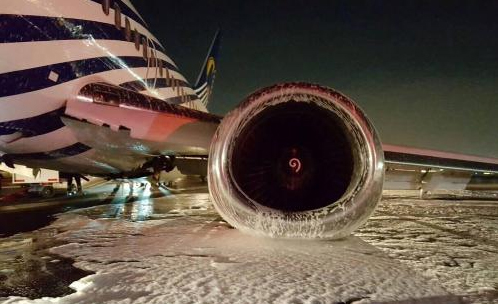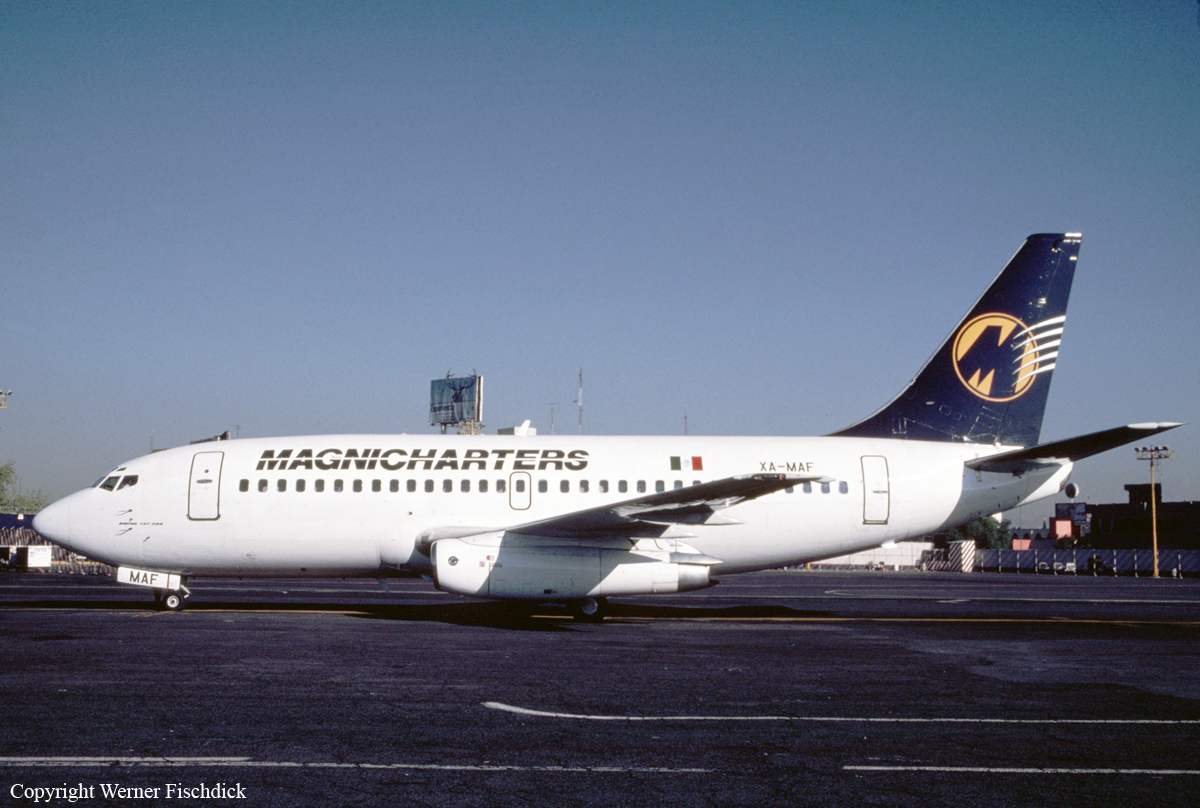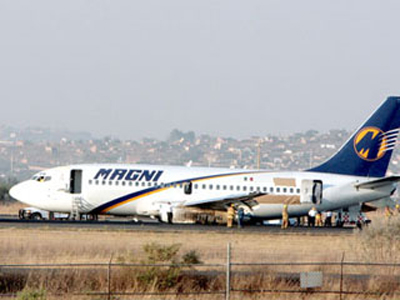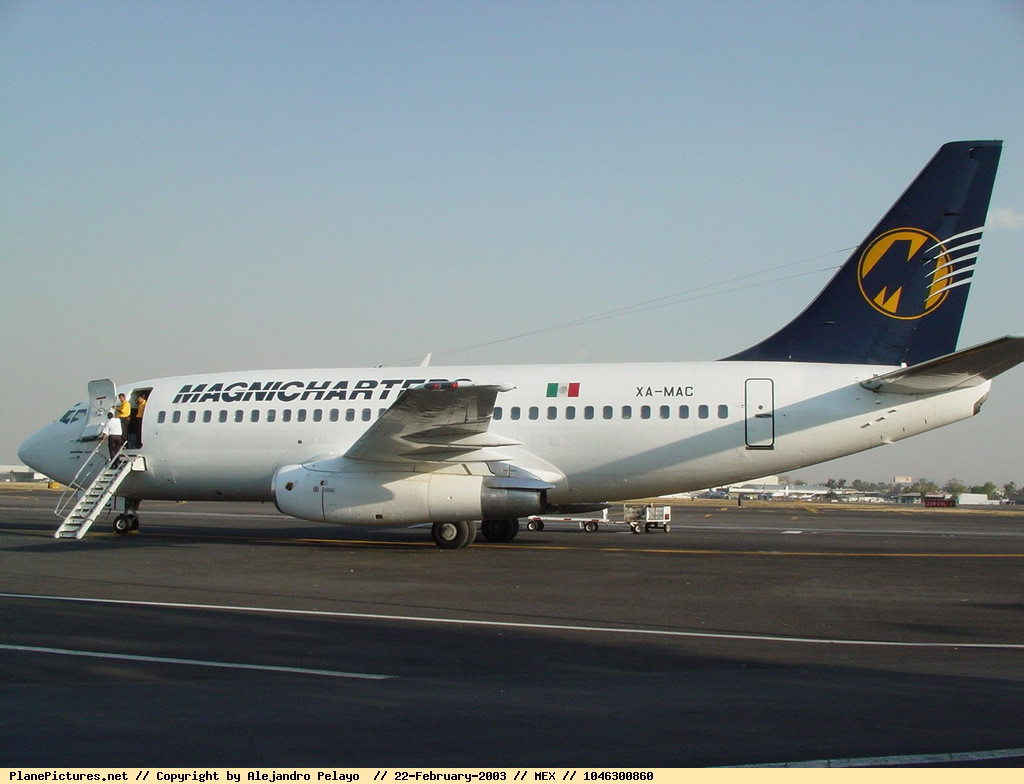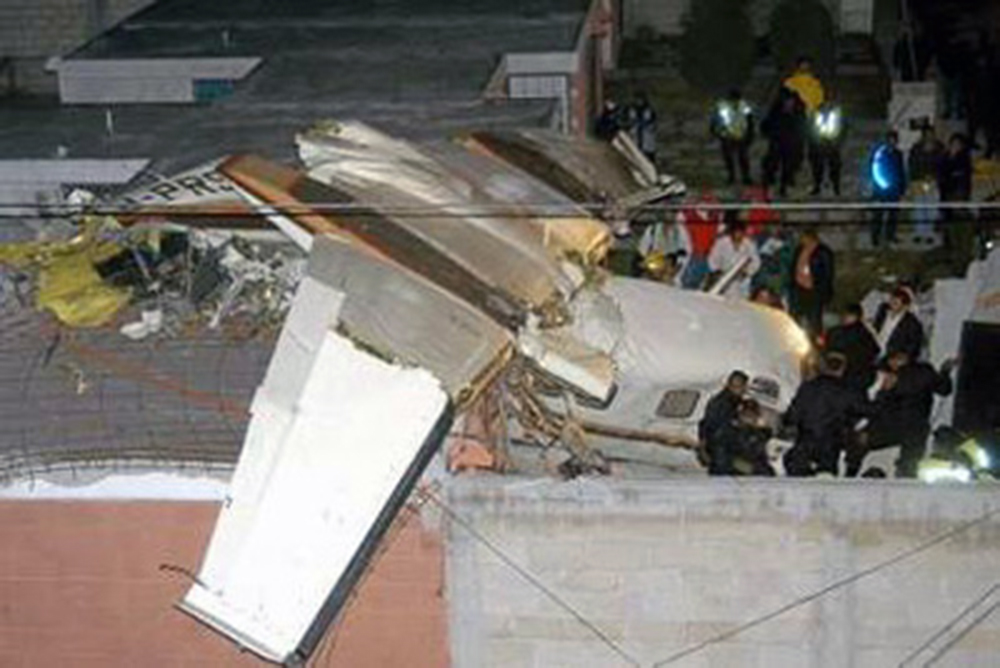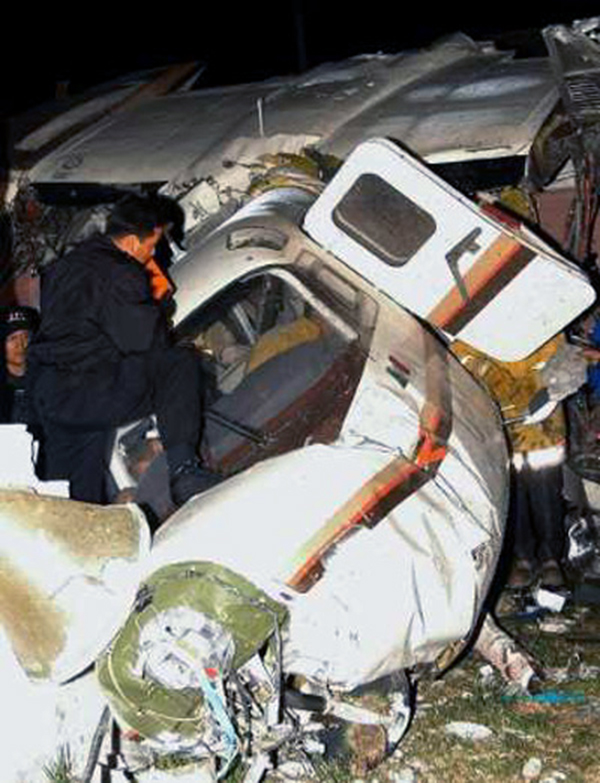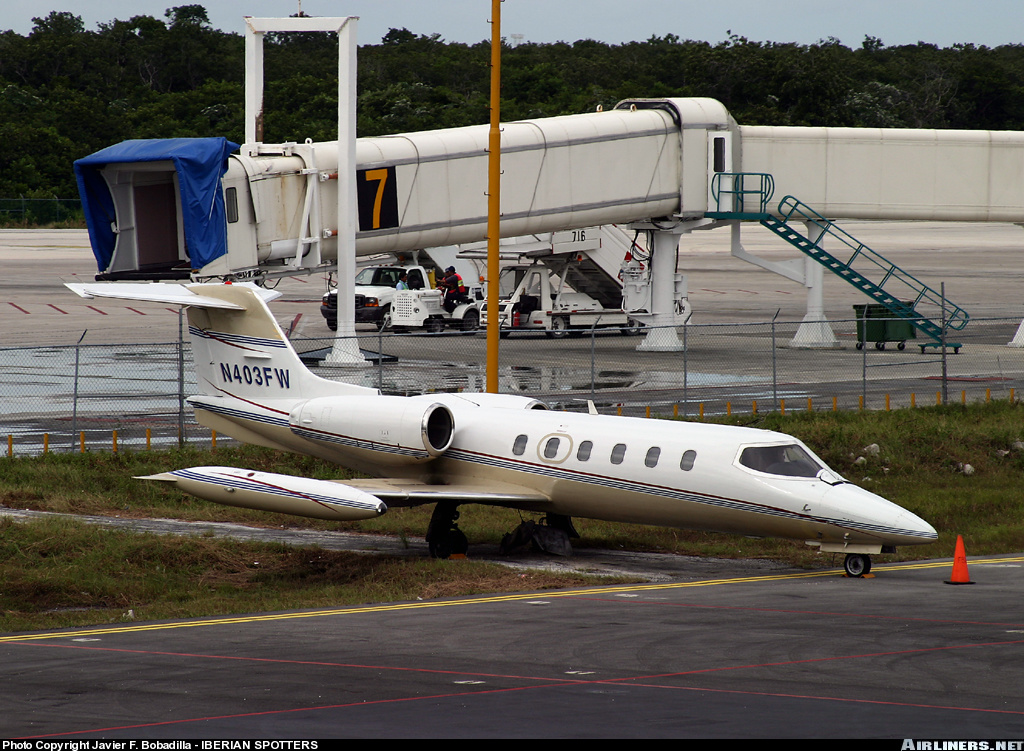Crash of a Saab 340A in Flores
Date & Time:
Apr 16, 2023 at 0900 LT
Registration:
TG-TAI
Survivors:
Yes
Schedule:
Cancún – Flores
MSN:
074
YOM:
1986
Flight number:
TGU211
Crew on board:
3
Crew fatalities:
Pax on board:
14
Pax fatalities:
Other fatalities:
Total fatalities:
0
Circumstances:
On approach to Flores-Mundo Maya Airport, the crew completed the pre-landing checklist and after the landing gear were selected down, the crew did not receive a down and locked indication. In agreement with ATC, the crew performed two low passes over the airport and ATC confirmed that the landing gear were down and did not notice any abnormalities. After this sequence, the crew decided to land. After touchdown, the right main gear collapsed. The airplane veered off runway and came to rest. All 17 occupants evacuated safely.
